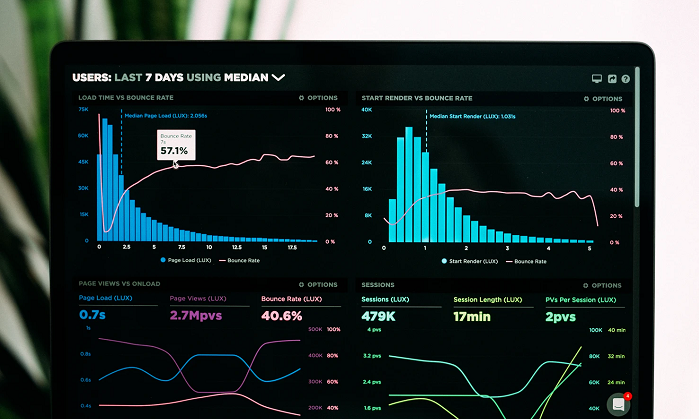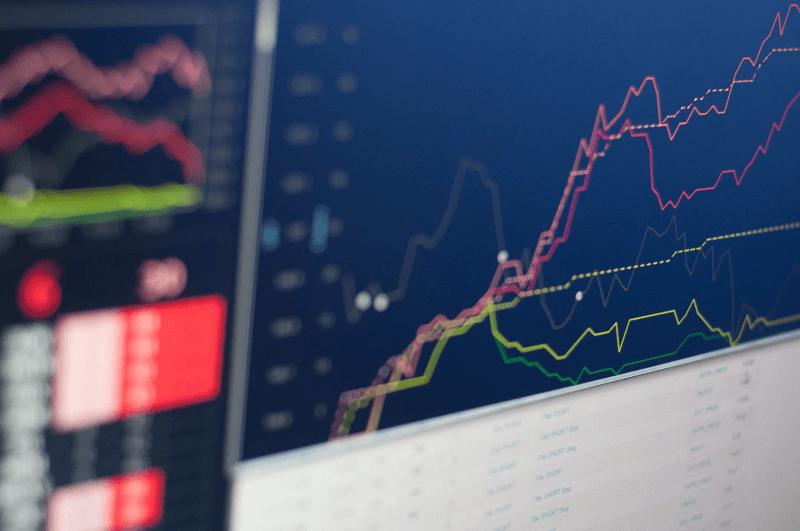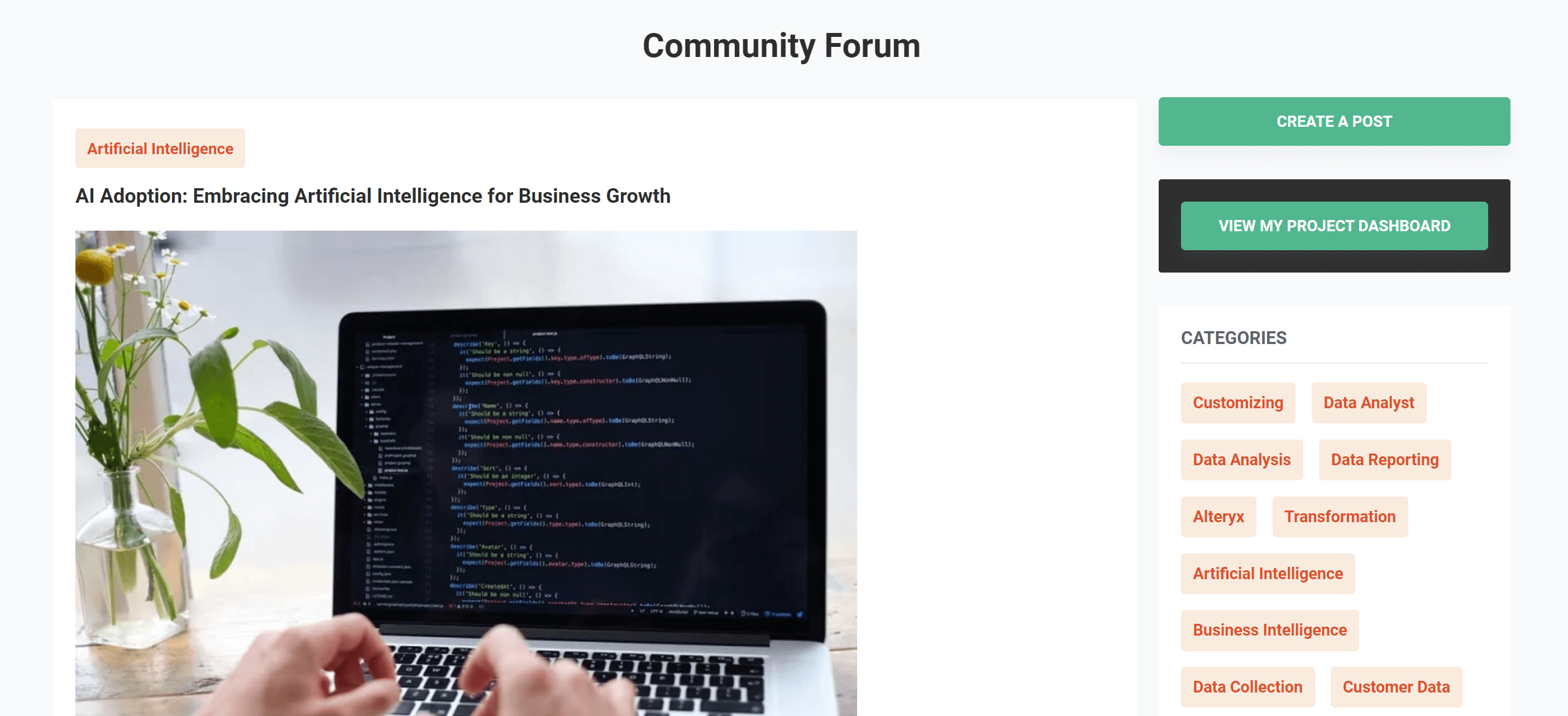Business Intelligence Analyst Vs Data Analyst: What’s the Difference?

When looking for analysts to take your project in hand and open it up to the possibilities that data can bring, it can be daunting to see job titles like Business Intelligence (BI) Analyst and Data Analyst used as seemingly interchangeable terms. Are they the same thing, and if not, what are the differences? We give you the rundown of what these data analysis roles are, and what you can expect from the people you hire.
Similarities between BI and Data Analysts
The reason many people are justifiably unsure about the differences between BI Analysts and Data Analysts is that on the surface, they can look like very similar jobs. Both are tech-based, using similar processes in analyzing data sets to provide insights and information to their employers.
Often there is some overlap in the programming needs of both BI and Data Analytical roles – for example, the use of SQL and Tableau is common in both fields.
But beyond that, the roles can actually be quite different, from the end goal of the analysis to the skills and tools that are needed for the two jobs.
Goals of BI and Data Analysts
So what are the purposes of the Business Intelligence Analyst or the Data Analyst you may be looking to hire? And how do you know which one is right for you?
The classical Data Analyst will focus more on deep data mining, creating models to form predictive reports, and data transformation, among other things. This role relies more on mathematics expertise, identifying and solving problems through analytics and statistical models to provide insight and drive decisions within an organization.
You can expect a Data Analyst to be answering more of the ‘why’ questions from your data.
A Business Intelligence Analyst, on the other hand, has more focus on descriptive analytics, digesting historical and present-day data to get the answers to the ‘what’ and ‘how’ questions in business. Their analysis is all driven towards specifically providing business insights.
BI and Data Analysis Work Process
The work process of a Data Analyst will typically mirror the data analytics lifecycle.
Firstly, the analyst will work with their employer to figure out what they need for their project(s) and turn that into a quantifiable question that can be answered. They then oversee the collection of primary data sources and extract the data from them. Then begins the process of cleaning the unorganized data, which basically means sorting and organizing it into a format on which statistical analysis can be done. Lastly, the Data Analyst will create charts or other visuals to present the results of their analysis to the employer or employer’s stakeholder.
Some of this will be similar to the work process of a Business Intelligence Analyst, but an important difference is that the BI Analyst begins by understanding what the business end users need from the business. They then begin a process of gathering data from multiple databases (otherwise known as data lakes or warehouses) and bringing it all together to be able to identify the statistical trends and insights necessary for the business. The BI Analyst will finally input the data into easy-to-understand formats, such as a dashboard, and provide a report which highlights the important insights.
Types of Data
What types of data do these different analysts typically work with? A Data Analyst may start off with a more ‘disorganized’ load of data that hasn’t been structured in any way. For example, they may use Python to do a web scrape and collect low-grade information from websites, which then needs to be cleaned and structured.
For a BI Analyst, it is more likely that they will be working with data that has already been cleaned to a degree by data engineers, using the ETL process (Extract Transform Load) and put into the above-mentioned warehouses. Their analysis being centered on a few specific metrics or data points makes it easier to collect well-structured, cleaned and periodically updated data. However, once the BI Analyst begins to join the data up, it can become messier and more of a challenge to analyze.

Required BI and Data Analyst Skills
A typical Data Analyst will have a number of skills and tools to hand in their work. Some of these include programs such as Python, mentioned above; R; SQL; and Tableau or Power BI. The focus is on versatile tools that provide statistical analysis, as well as being able to handle large sets of unorganized data that needs cleaning.
BI and Data Analysis Types
This leads us to the million-dollar question about what type of analysis might be needed by different businesses. You will have begun to see common threads throughout this comparison of Data Analysts and BI Analysts, and these hold true when you think about what you might be looking for in an analyst.
In general, a Data Analyst will be the one to go for when you have a specific investigational question to answer, for example, finding out the effectiveness of a new advertising campaign. Because such questions are very specific, they often require deep analysis which is the arena of the Data Analyst.
When looking for across the board business insights to provide ongoing analysis, look for a Business Intelligence Analyst, who will provide information that follows more structured, limited and recurring questions, giving important information about how trends evolve over time and how deviations occur.
Accessibility of Data
One final thing to note in the comparison of Data and Business Intelligence Analysts is to consider how accessible you need your data to be. As we described above, a Data Analysis specialist will most often be working towards answering very specific deep-dive questions, their resulting analysis is often complex and difficult to understand by those without a grounding in data. Business Intelligence Analysts by their nature are geared towards delivering insights to the wider business community, outside of the data analytics bubble, and as such may be better placed to work on projects where the results need to be more accessible.
Whilst BI analysts are involved in descriptive analytics to provide business insights, classical data analysts focus more on deep data mining, creating models to form predictive reports, and data transformation. You can hire both BI analysts and data analysts with specific and unique skill sets on data freelancer platforms like Pangaea X to get you started with your project.
Get your data results fast and accelerate your business performance with the insights you need today.



